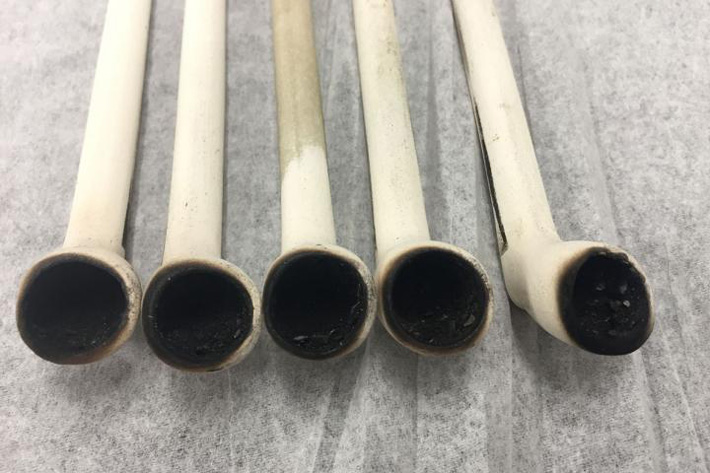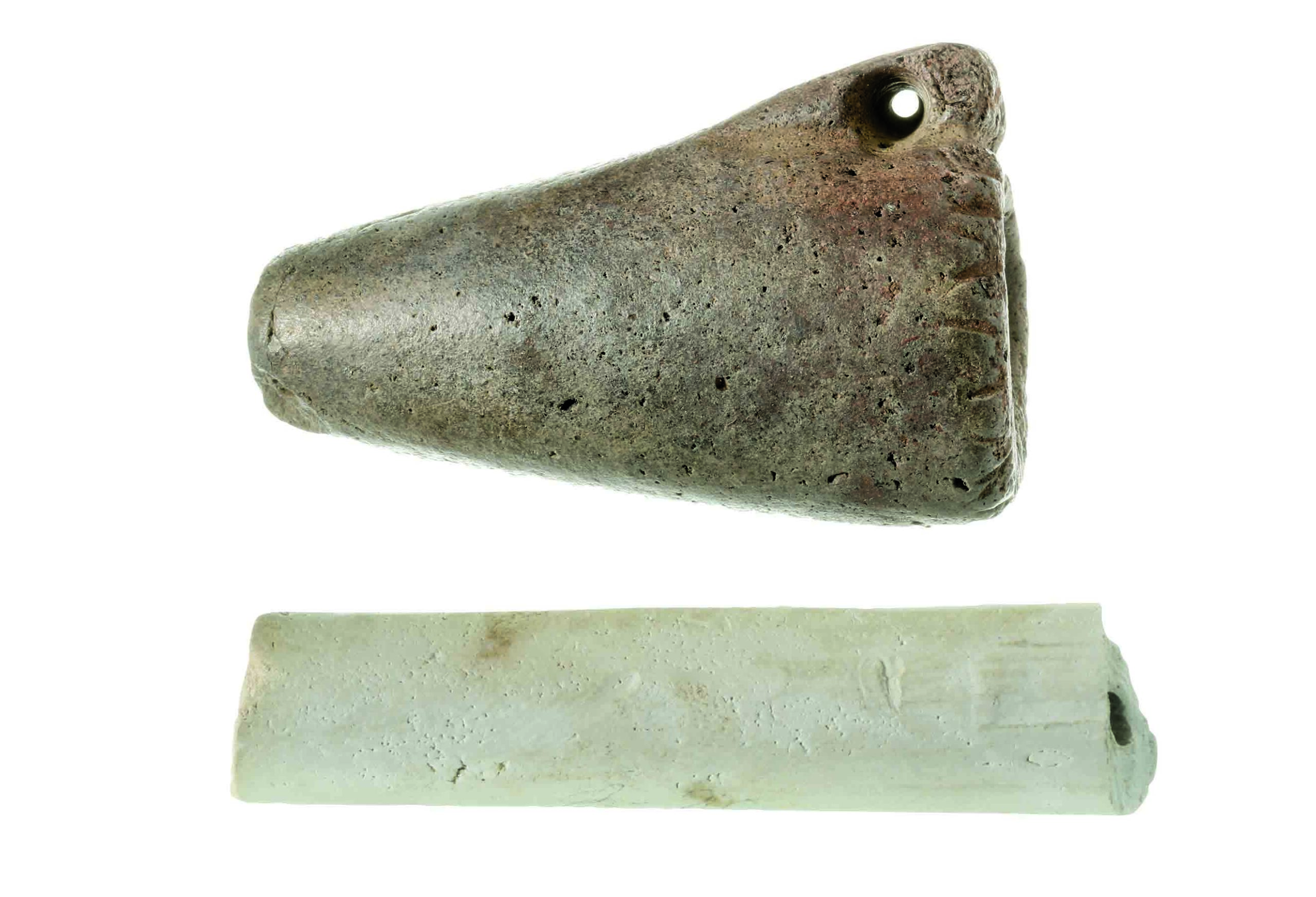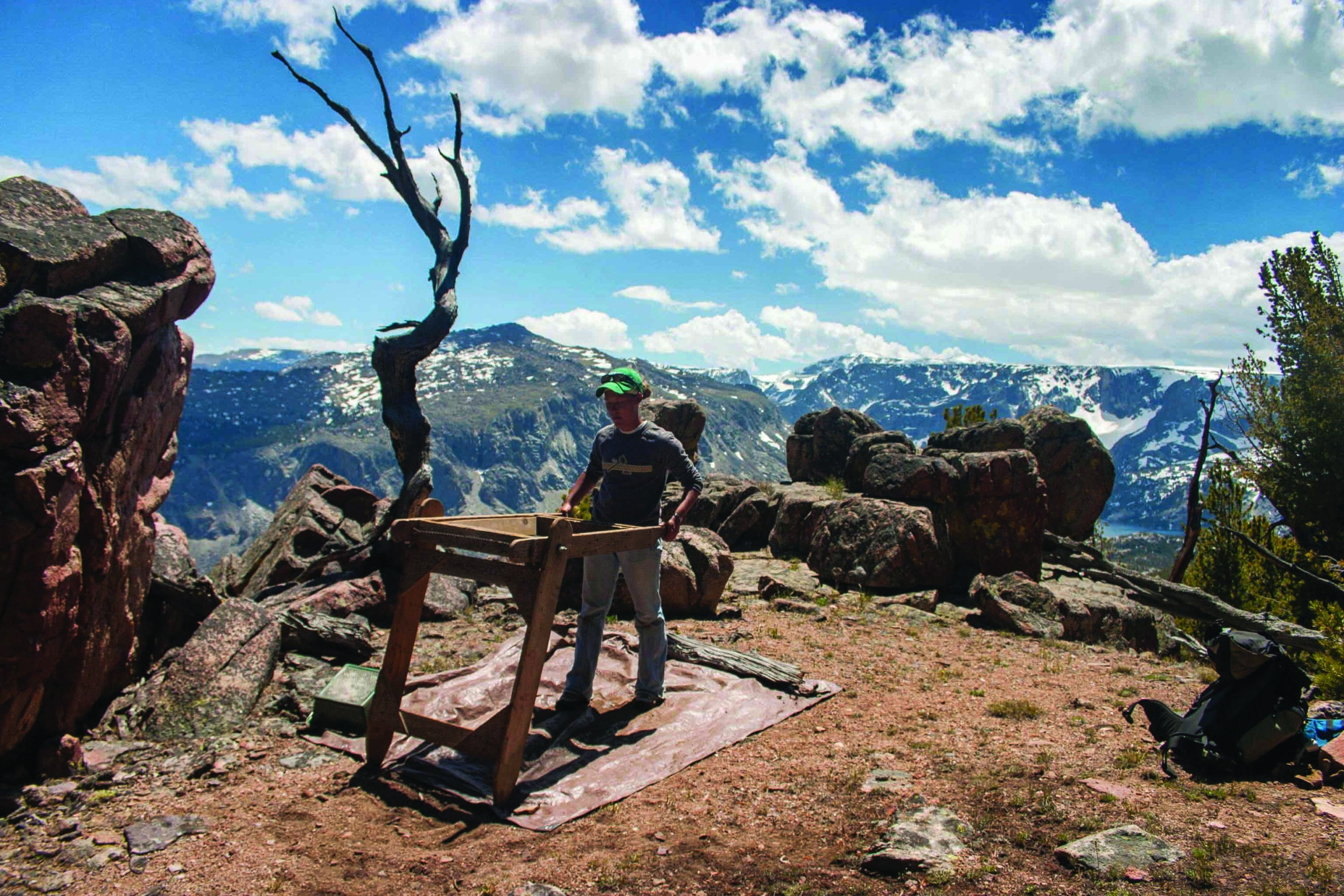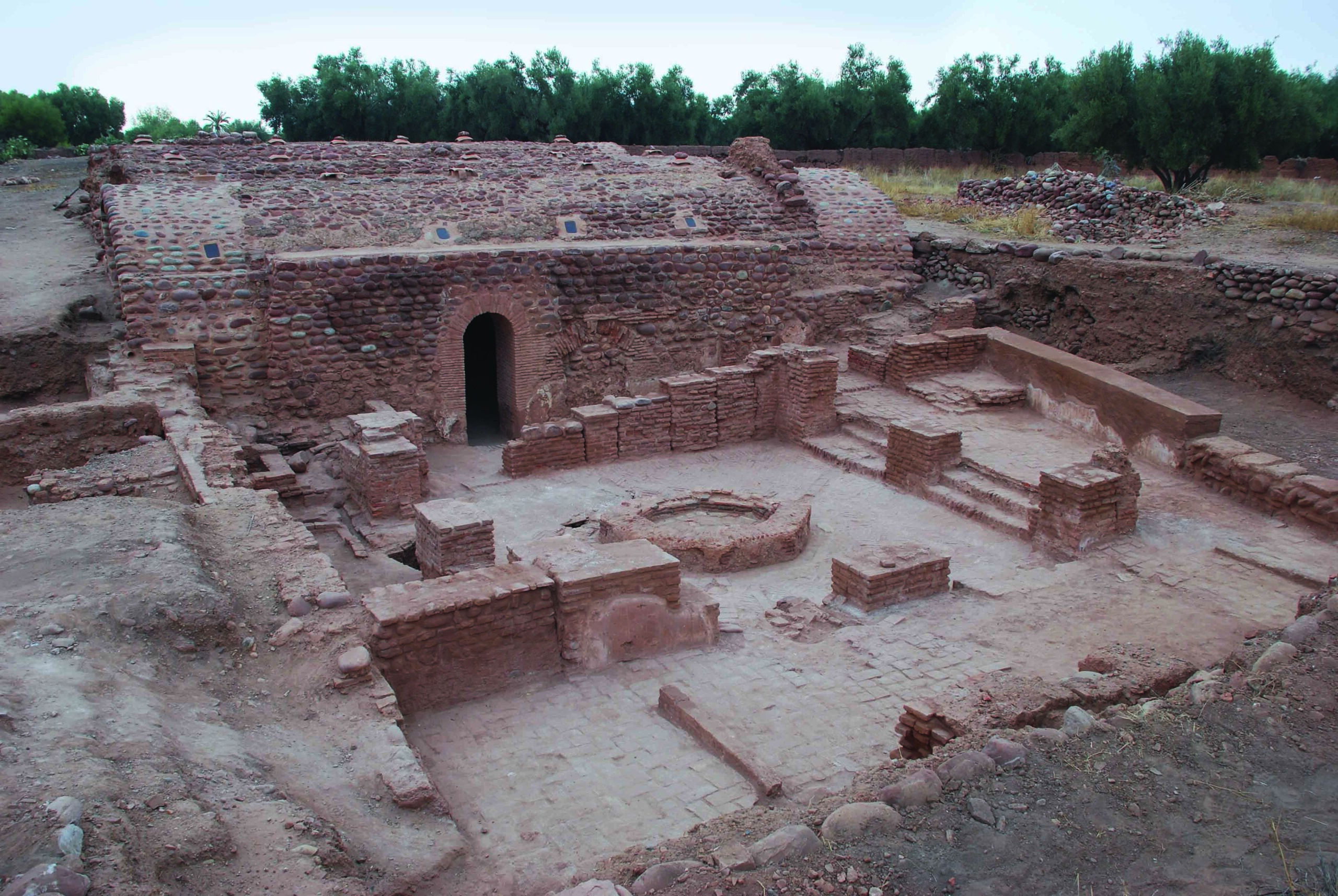
PULLMAN, WASHINGTON—According to a statement released by Washington State University, researchers have detected traces of smooth sumac, or Rhus glabra, in residues on 1,400-year-old pipes unearthed in central Washington with new technology that can detect thousands of plant compounds. Traces of a species of tobacco plant not currently grown in the region were also detected in the pipes. Korey Brownstein of the University of Chicago suggests smooth sumac may have been mixed with tobacco for its medicinal qualities. It may have also improved the flavor of the smoke, he added. Analysis of residues in a pipe used by Native Americans in the period after contact with Europeans detected the presence of a tobacco plant grown by Native Americans living on the East Coast. Researcher Shannon Tushingham said it had been previously thought that plants grown by Europeans had come to dominate the post-contact trade in tobacco. To read about how researchers determined the origins of the nineteenth-century user of a clay pipe found on a Maryland plantation, go to "History in the DNA."










